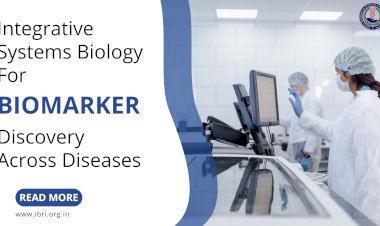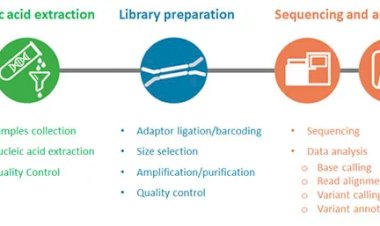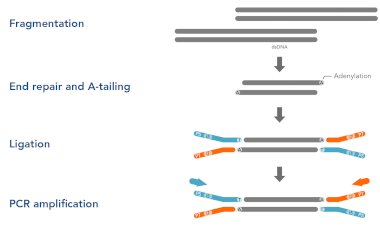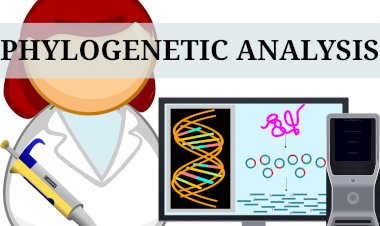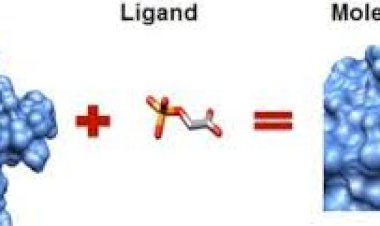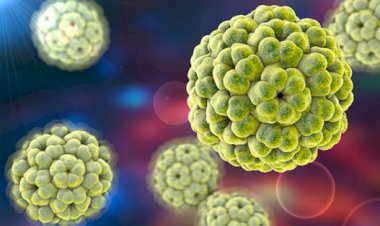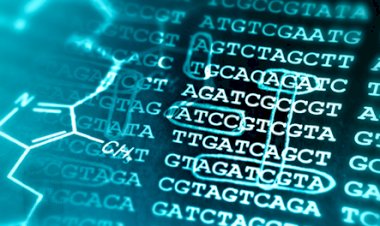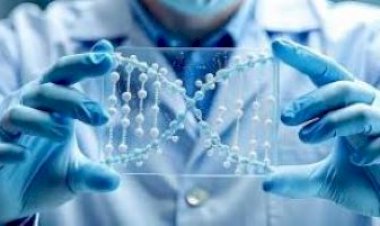The Role of Programming Languages in Modern Biological Research

The Role of Programming Languages in Modern Biological Research
In today’s data-driven era, biology is increasingly intertwined with computational methods. Programming languages like Python and R have become essential tools for biologists, enabling them to handle large datasets, perform complex analyses, and derive insights from massive amounts of biological data. As biological research moves further into fields such as genomics, bioinformatics, and ecological modeling, a basic understanding of programming has become crucial for modern biologists. Here’s a look at how Python is helping to revolutionize biological research.
Python in Biology: The Powerhouse of Versatile Applications
Python is known for its simplicity, readability, and versatility, making it an excellent choice for biologists with little to no programming experience. It’s widely used in areas of biology where complex analyses and high computational power are required, like genomics, bioinformatics, and image analysis.
1. Genomic and Sequence Analysis
In genomics, researchers often deal with large amounts of DNA or RNA sequence data. Python has several libraries that simplify sequence analysis and make it easy for biologists to extract valuable insights: Biopython: A robust library specifically for bioinformatics, Biopython includes modules for DNA and protein sequence analysis, performing common bioinformatics functions like pairwise sequence alignment, translation, and parsing biological file formats (like FASTA). Pandas and NumPy: Although not bio-specific, these data manipulation libraries allow for efficient handling of large genomic datasets. They make it easy to clean, filter, and transform biological data before analysis.
2. Machine Learning in Biological Research
Python is also the go-to language for machine learning, a field that has found applications in many areas of biology. Through libraries like scikit-learn, TensorFlow, and PyTorch, Python enables biologists to apply machine learning models to a wide range of problems, including: Disease Prediction: Machine learning can analyze genetic or clinical data to predict disease risks, identify biomarkers, or model disease progression. Drug Discovery: By training models on large compound datasets, researchers can predict the effectiveness of new compounds in treating specific diseases.
3. Image Analysis in Microscopy and Histology
Biologists working with microscopy images or histological samples can benefit from Python’s extensive image processing capabilities: OpenCV and scikit-image: These libraries allow biologists to process and analyze images, making it easier to count cells, measure sizes, track movement, and identify features within images. Python can automate these processes, increasing accuracy and reproducibility. Python’s ease of use in combining different types of data, from sequence data to image data, allows researchers to bring multiple data sources together for comprehensive analyses. This makes Python highly valuable in fields like bioinformatics and systems biology, where diverse data integration is essential. These capabilities have helped Python earn its place as one of the most widely used programming languages in biology.
Why Biologists Should Learn Python
For biologists entering today’s research landscape, the ability to program in Python offers numerous advantages. Programming skills not only improve research efficiency and accuracy, but also open doors to advanced analysis techniques, including machine learning, data visualization, and predictive modeling.
Here are some of the top reasons to learn these languages:
Enhanced Career Prospects: Computational biology is a rapidly growing field, and biologists with programming skills are highly sought after in research, academia, and industry. Greater Research Independence: Programming knowledge enables biologists to process and analyze their own data, reducing dependency on computational support.
Access to Cutting-Edge Techniques:
From machine learning to statistical modeling, Python provide tools that allow biologists to explore their data in innovative ways.
Join IBRI’s Comprehensive Python Programs:
Your Path to Computational Expertise If you’re a biologist looking to master these essential skills, the Indian Biological Research Institute (IBRI) offers carefully structured comprehensive certificate programs in Python, designed to provide you with the knowledge and confidence to excel in computational biology. Our programs are:
3-Month Beginner Program: Perfect for those who are new to programming, this program covers Python fundamentals, essential bioinformatics tools, and practical applications in biological data analysis.
6-Month Advanced Program: This in-depth program includes all elements of the beginner program plus advanced techniques in machine learning, data visualization, and real-world applications in fields like genomics and ecological modeling.
Our courses are tailored to the needs of biologists and include hands-on projects, expert-led lectures, and one-on-one mentoring to ensure you gain practical skills that can be immediately applied to your research.
#programmingInbiology #bioinformatics #genomics #computationalbiology #pythonforbiologists #machinelearning #datascience #imageanalysis #drugdiscovery #diseaseprediction #biopython #researchtools #datavisualization #IBRIcourses #biologyresearch

 Manju
Manju 






